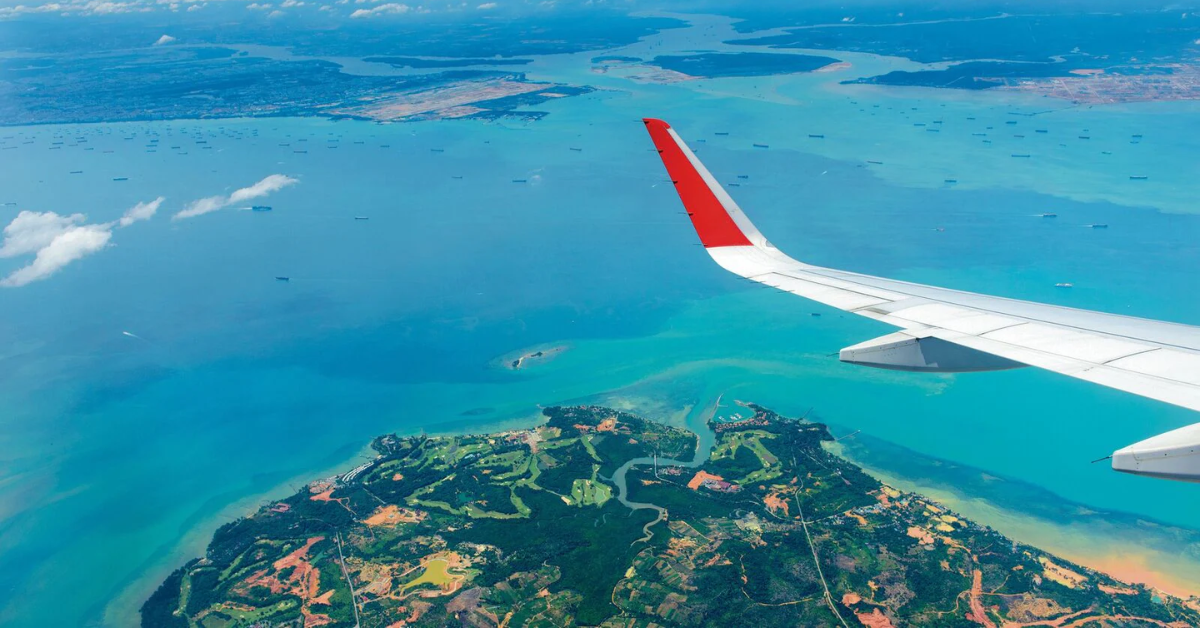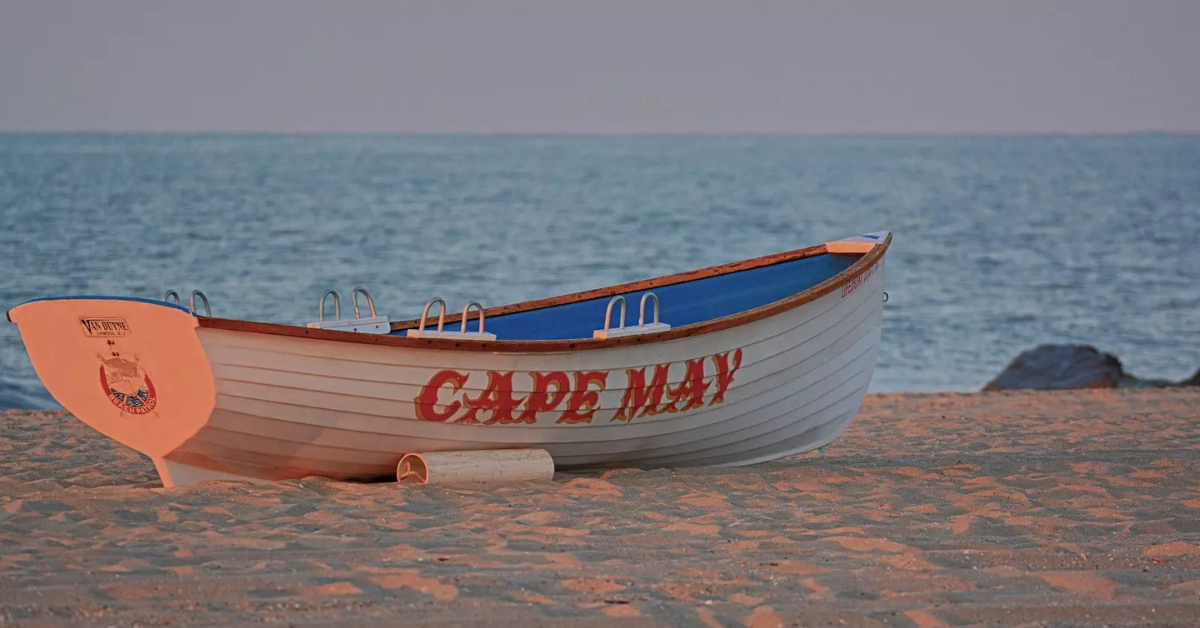Travel lovers, listen up! Climate change is not just about melting ice caps or rising sea levels; it’s changing how, where, and when we can travel. Whether you dream of beaches, mountains, or city breaks, the shifting climate is affecting your favorite destinations in ways you might not expect. This means your next vacation might look very different from past trips.
Understanding these changes helps us plan smarter trips and make choices that protect our planet. From unpredictable weather to endangered natural sites, climate change is making travel more complicated but also inspiring responsible tourism. Let’s explore 15 ways climate change impacts travel, so you can stay informed and enjoy your journeys safely.
1. More Extreme Weather Disrupts Travel Plans
Storms, floods, and heatwaves are becoming more common due to climate change. This means flights can be delayed or canceled, and roads may become unsafe. For example, hurricanes in the Caribbean or typhoons in Asia often disrupt travel during peak seasons. The National Geographic reports that extreme weather events have increased over recent years, showing how travel plans need more flexibility.
2. Rising Sea Levels Threaten Coastal Destinations
Many popular beach spots are at risk because rising sea levels are causing shorelines to shrink and erode. Cities like Miami or islands in the Maldives face flooding issues regularly. Tourists might find some beaches disappearing or resorts damaged by saltwater intrusion. According to the NASA Climate Change website, rising sea levels will impact millions globally by 2050.
3. Coral Reefs Are Bleaching and Dying
Coral reefs are home to vibrant marine life and are a big attraction for snorkelers and divers. But warmer ocean temperatures cause coral bleaching, harming these ecosystems. The Great Barrier Reef in Australia has suffered large-scale bleaching events. This reduces biodiversity and lowers the quality of underwater experiences. Tourists should check reef health reports before planning diving trips.
4. Wildlife Patterns Are Changing
Climate change shifts animal migration and hibernation patterns. This affects safaris, bird-watching, and whale-watching tours. For example, some species may arrive earlier or later than expected, or move to different areas entirely. The World Wildlife Fund explains how protecting animal habitats helps maintain tourism appeal.
5. Glacier Retreats Limit Mountain Tourism
Glaciers in places like the Himalayas, the Alps, and the Rockies are melting fast. This affects skiing, hiking, and sightseeing activities. Fewer glaciers mean less snow for winter sports and changing landscapes for trekkers. Travelers interested in mountain adventures may need to select destinations carefully and plan for changing conditions.
6. Increased Risk of Wildfires
Hotter and drier weather increases wildfire risks, especially in places like California and Australia. Wildfires can cause air pollution, road closures, and danger, forcing cancellations of outdoor activities. Visitors to vulnerable areas should monitor local updates and respect restrictions for their safety.
7. Hotter Temperatures Affect Comfort and Health
Heatwaves are becoming more frequent, making summer travel uncomfortable or risky. Tourists may suffer from heatstroke or dehydration, especially in tropical or desert areas. It’s important to stay hydrated, avoid midday sun, and choose cooler travel seasons when possible.
8. Changing Growing Seasons Impact Local Food
Climate change affects agriculture by shifting growing seasons and reducing crop yields. This can influence what food is available in tourist destinations, impacting local cuisine and dining experiences. Travelers may notice seasonal menu changes or higher prices in some regions.
9. Infrastructure Damage and Higher Costs
Damage from storms, flooding, or heat can harm hotels, airports, and roads. Repair and rebuilding efforts often raise travel costs. Some places might temporarily close tourist sites for restoration, affecting travel itineraries and budgets.
10. Water Scarcity in Popular Destinations
Many tourist hotspots face water shortages due to changing rainfall patterns and overuse. This can limit services like swimming pools, showers, or drinking water availability. Being mindful of water use helps protect local supplies and prevents restrictions.
11. Insurance Costs May Increase
Because of climate risks, travel insurance premiums can rise, or some destinations may be excluded. Visitors should carefully check their policies and consider buying extra coverage for weather-related disruptions.
12. Eco-Tourism Becomes More Important
With natural places under threat, eco-tourism gains popularity. Travellers seek low-impact experiences that support conservation and local communities. Participating in eco-friendly tours helps protect environments and wildlife for future visitors.
13. New Travel Routes Open Up
Melting Arctic ice is opening new shipping and cruise routes. This can shorten travel times but also brings environmental concerns. Tourists interested in polar travel should choose operators who prioritize sustainable practices.
14. Cultural Sites Are at Risk
Rising temperatures and weather damage threaten historic buildings and ancient ruins. Sites like Venice or Machu Picchu require special care to withstand climate stress. Visitors may face stricter rules to preserve these treasures.
15. Shift in Popular Seasons
Traditional peak travel times may change as climate affects weather patterns. For example, shoulder seasons could become more attractive as summers grow unbearably hot or winters less snowy. This shift encourages more flexible travel planning.
Being aware of these 15 ways climate change affects travel can help you plan better trips in 2024 and beyond. Adjusting travel habits to protect the environment ensures that future generations can experience the beauty of the world too.







